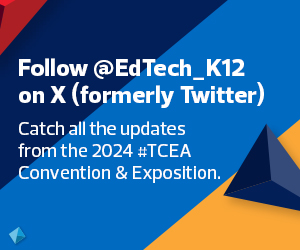IT decision-makers also need to consider hidden costs when creating their budgets. In districts with increasing enrollment, the number of student devices needed for a one-to-one program will also grow. On top of that, budgets should include flexibility to account for damaged devices. From drops and spills to broken screens and charging cords, students will inevitably damage their laptops or tablets.
McGaha noted another unexpected cost he encountered: The company he was working with to lease student devices wanted the school district to pay to ship the devices back at the end of their lifecycle.
“You have to find a partner who will work with you,” he advised. A good partner will help you determine how to best use your money to get the most out of different funding sources.
IT Departments Need Administrator Buy-In for Refreshes
Another key piece of sustaining educational technology devices is getting administrators on board.
“They didn’t want to spend the money. We even had board members who recommended we go back to the carts. Well, we’d already moved to one-to-one, so now to go back would cost even more money,” Vrlenich said.
Educating stakeholders on the technologies is a big part of getting administrator support. Because they aren’t immersed in the day-to-day use of the tech in the classroom, or working in the IT department, administrators with the power to approve or cut a budget probably don’t have an in-depth understanding of the technology.
“There was a lot of education, from my standpoint, behind the scenes just to get them to understand,” Vrlenich said. “It really starts with collaboration with your superintendent, then educating the board. Even if they’ve been on the board for years, you still have to educate them because stuff changes so fast with technology.”
MORE ON EDTECH: Follow these five ed tech trends in 2024.
McGaha has had similar experiences in the districts where he has worked when it comes to leadership not understanding technology or refreshes.
“They just assumed it was going to work forever. They said, ‘We just bought a firewall eight years ago. Is it not going to work?’ It’s key to educate them because they just don’t know,” he said.
Not only must IT leaders educate the board and administrators through continued communication, but they also need to have done their research. This is another area where it’s valuable to work with a partner, who can give you information on options and costs. “There are a lot of things you have to know and research, and that collaborative piece with your curriculum team is really vital,” Vrlenich said.
Additionally, speak with other local school districts, explore multiple vendor avenues and present these facts to the school board to garner support.
To ensure you don’t miss a moment of TCEA event coverage, keep this page bookmarked and follow @EdTech_K12 on X (formerly Twitter) for live updates and behind-the-scenes looks.














